Published: 22.04.2025
On the first weekend of April, members and friends of the Domus Polonorum Association took part in a two-day excursion across the regions of Lesser Poland and Świętokrzyskie. The aim of the journey was to engage with living heritage — manor houses that have withstood the trials of time and now thrive once more.
Łuczanowice – a manor at the heart of the village
Our journey began in Łuczanowice. Despite a turbulent past, the manor has not only retained its character but continues to function in harmony with the surrounding village. The building houses a functioning chapel where Sunday masses are regularly celebrated. We were particularly intrigued by several historic details — including a pre-war bathroom preserved in surprisingly good condition. This may be due to the fact that the bathtub was, until recently, used to store grain.
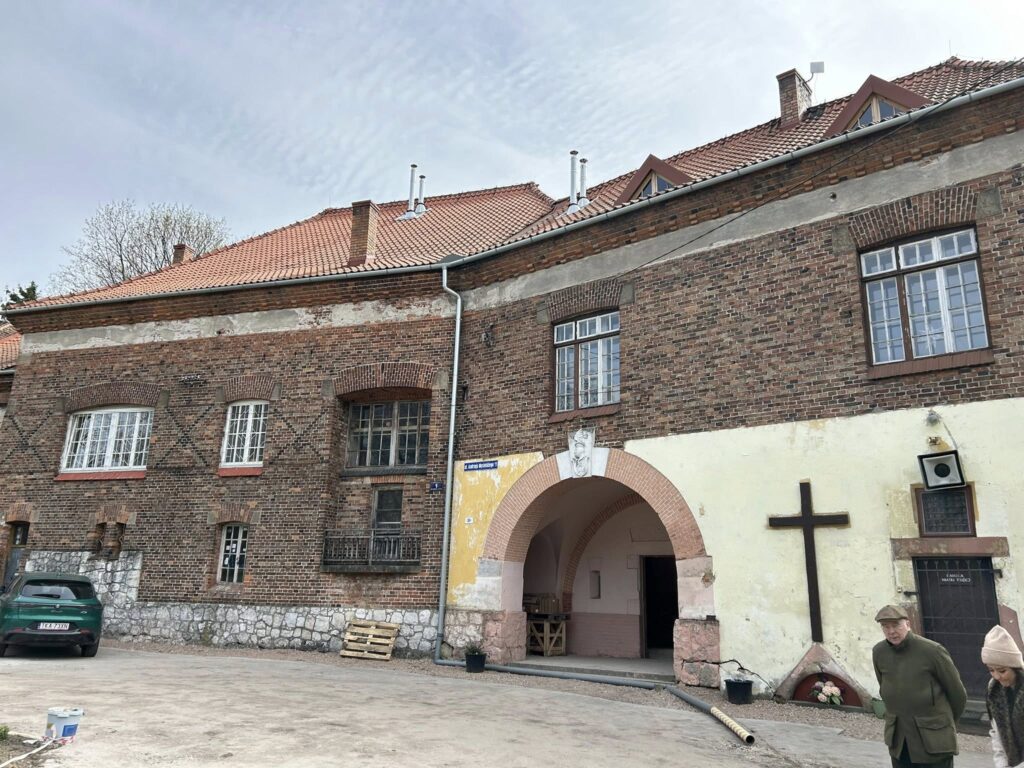
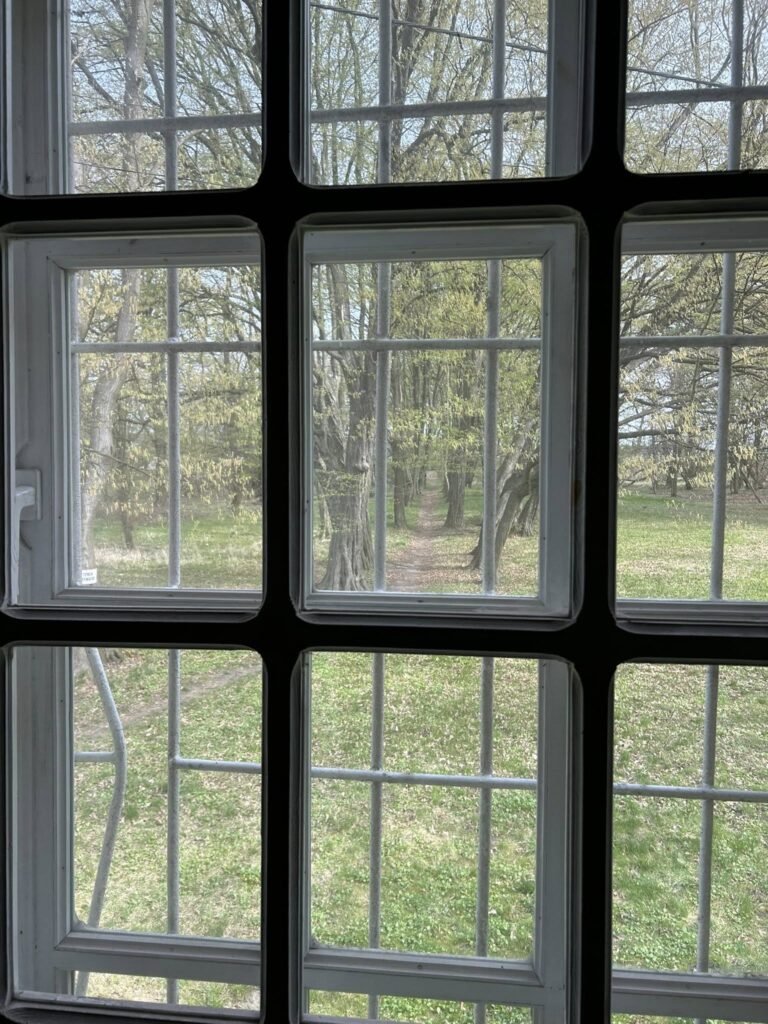
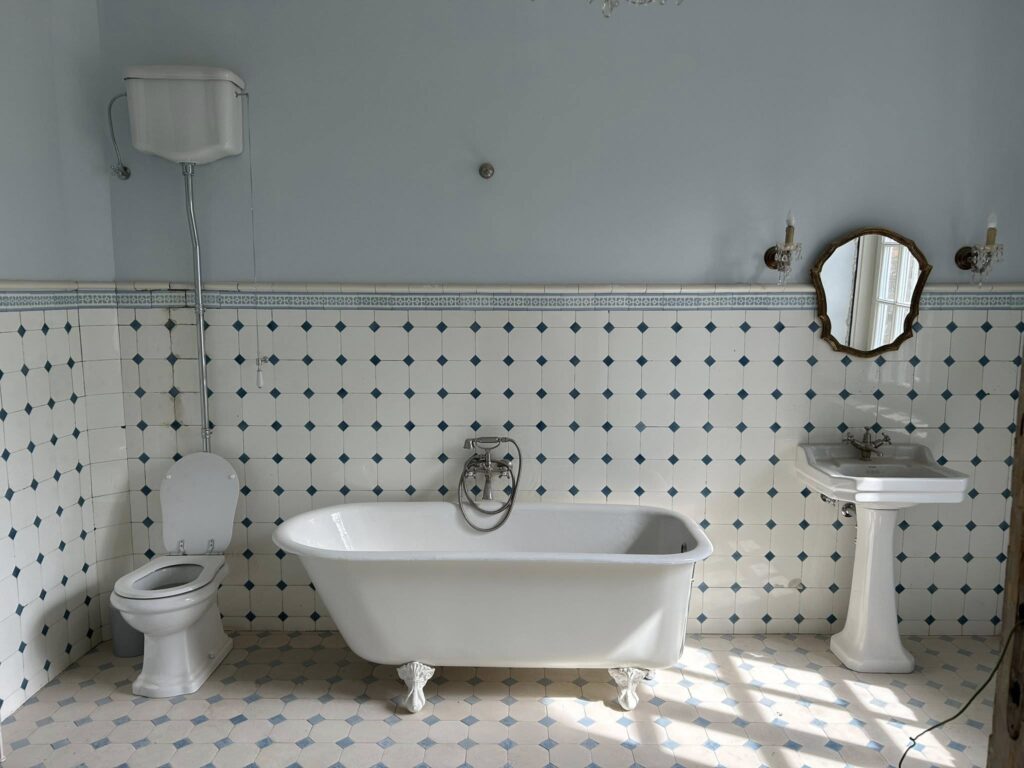
Raciborowice – a jewel of sacred architecture
The next stop was the Gothic church of St. Margaret in Raciborowice, built in the second half of the 15th century, founded by Jan Długosz.
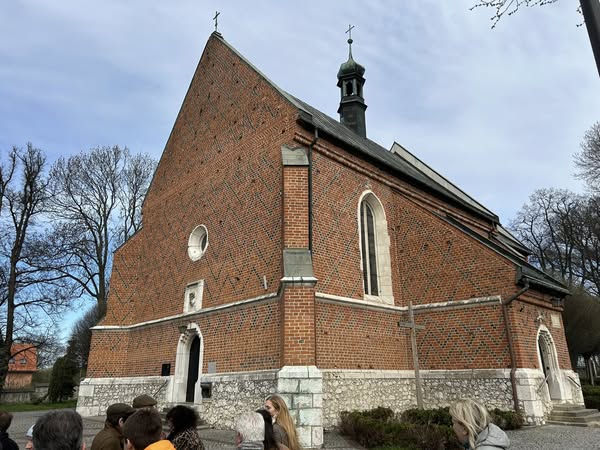
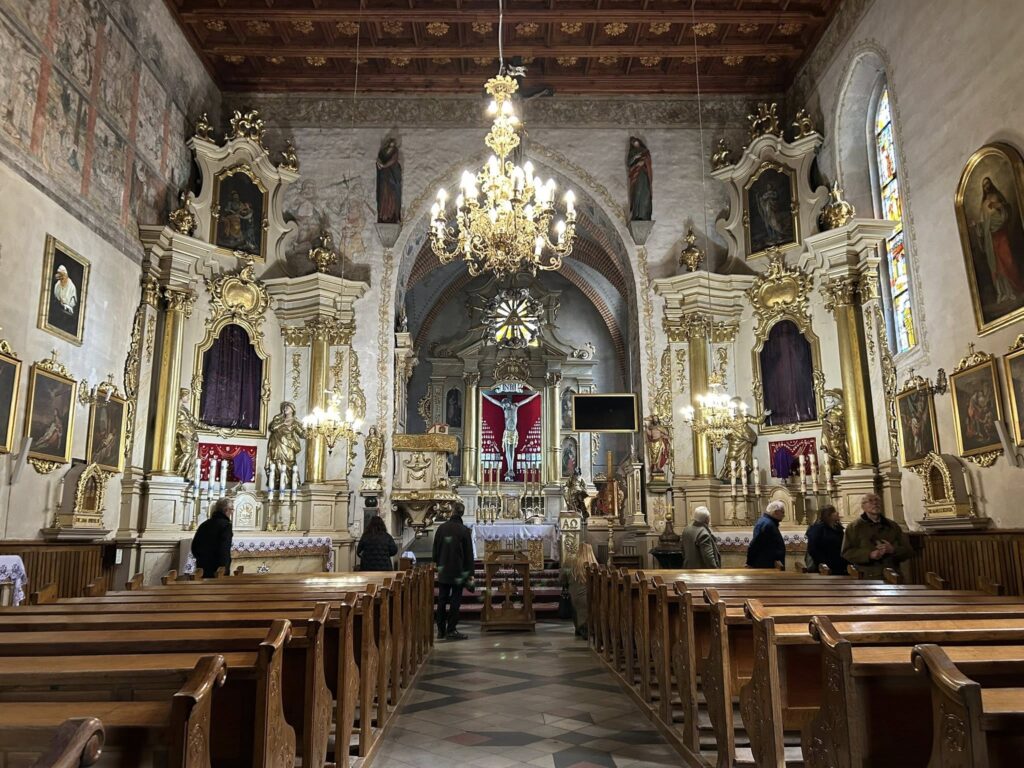
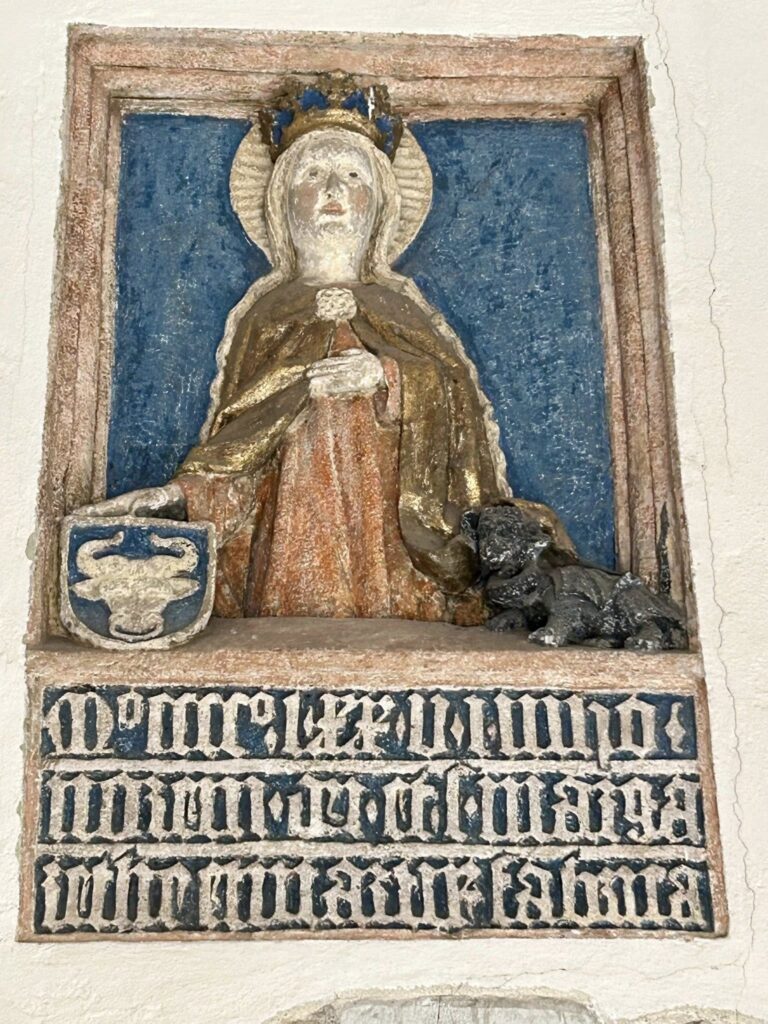
Michałowice – Talowski in full glory
In Michałowice, we visited a manor designed by renowned architect Teodor Talowski, restored from ruin through the extraordinary effort and determination of its owners. Tadeusz Bystrzak, author of a monograph on Talowski, delivered an engaging talk about the architect and his legacy.
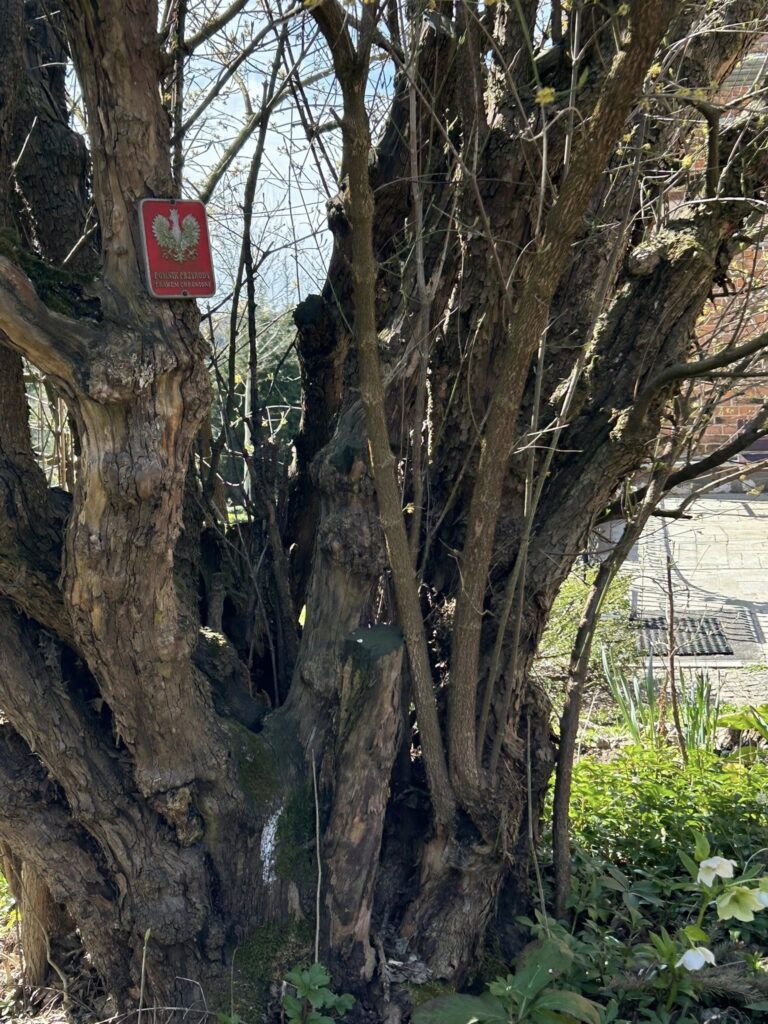
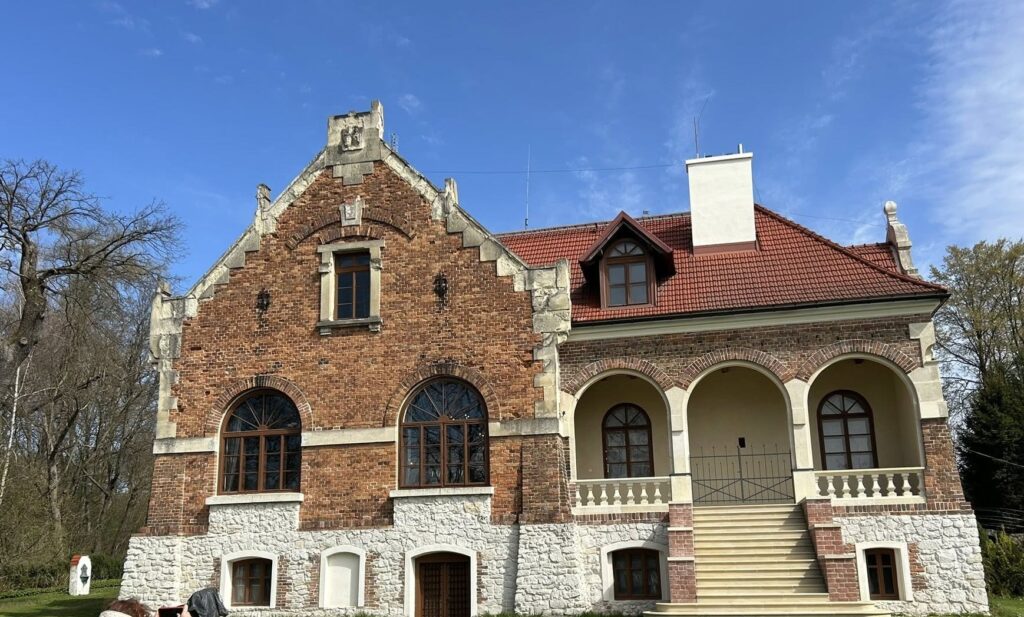

Sieciechowice – a story of restoration and contemporary interpretation
The Rey Manor in Sieciechowice, rebuilt by the Arte Novum Foundation, is a compelling example of modern conservation in accordance with the Venice Charter. As the guidelines dictate, all newly reconstructed elements must remain distinguishable from the original structure. In this case, the use of glass and concrete in the reconstructed wing resulted in a striking yet harmonious blend of historical and modern materials. The result is a place that is both vibrant and inspiring.
The visit to Sieciechowice was marked by a special event: Paweł Esse, president of our association, was awarded the Gold Badge for the Care of Monuments. The honor, bestowed by the Minister of Culture and National Heritage for conservation, restoration and popularization efforts, was presented by Andrzej Novak-Zempliński, honorary president of the Domus Polonorum Association.

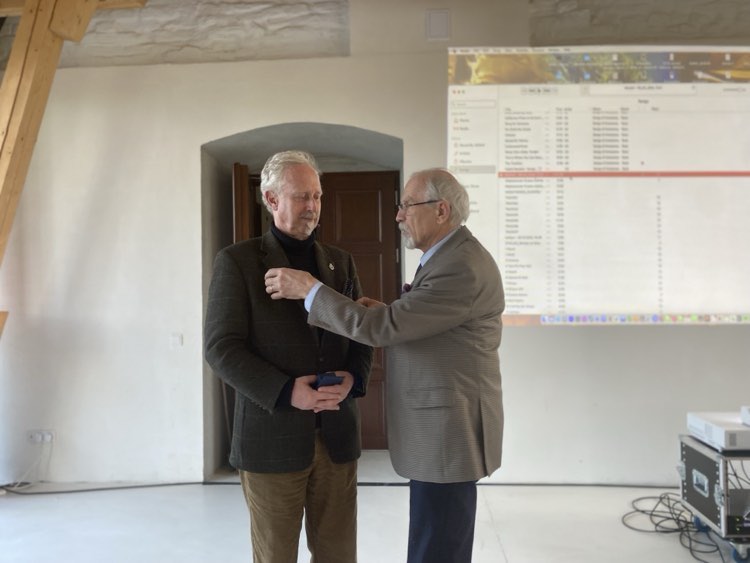

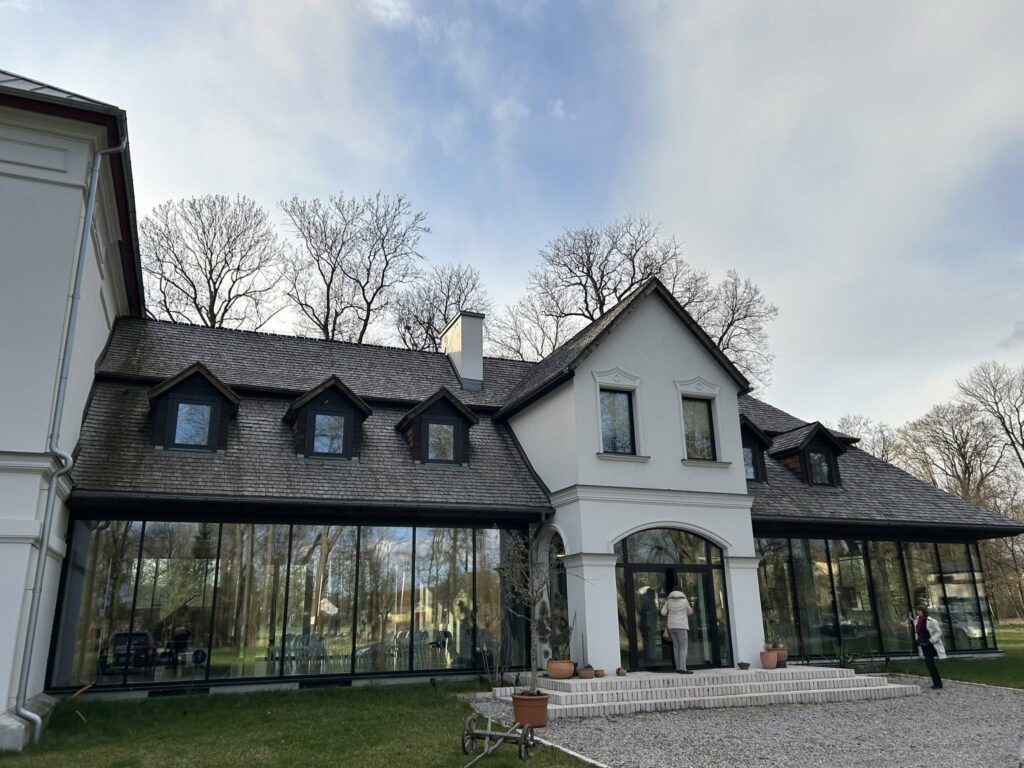
Wysocice – a 12th-century church with a defensive tower
The historic church in Wysocice, built in the 12th century, impresses with its history and preserved condition. We were fortunate: after mass was over, the parish priest shared the story of the church with us.

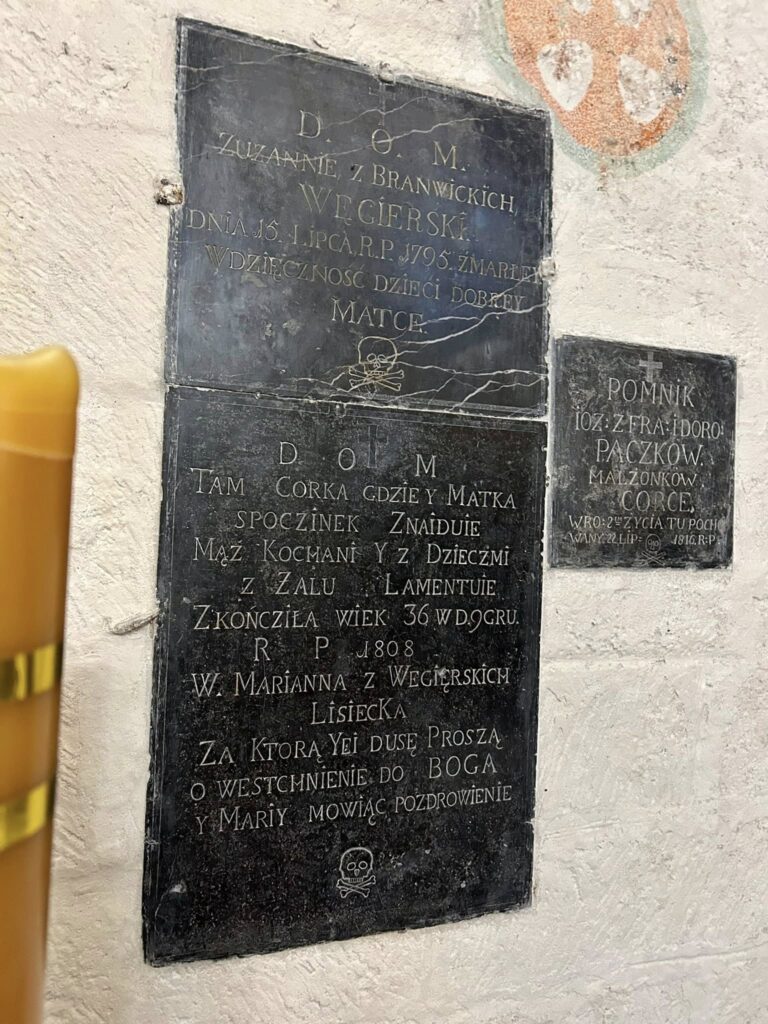
Goszyce – the story of a house and a long evening
At the New Manor in Goszyce, we listened to the story of a home that once hosted two Nobel laureates, one president, and — at one point — the daughter of a future French prime minister, who lived there as an au pair. The house also holds ties to the Belina-Prażmowski patrol’s entry into Congress Poland, and to the history of Zofia Zawiszanka. Captivated by the tales, we lingered into the night, ending the day after midnight.
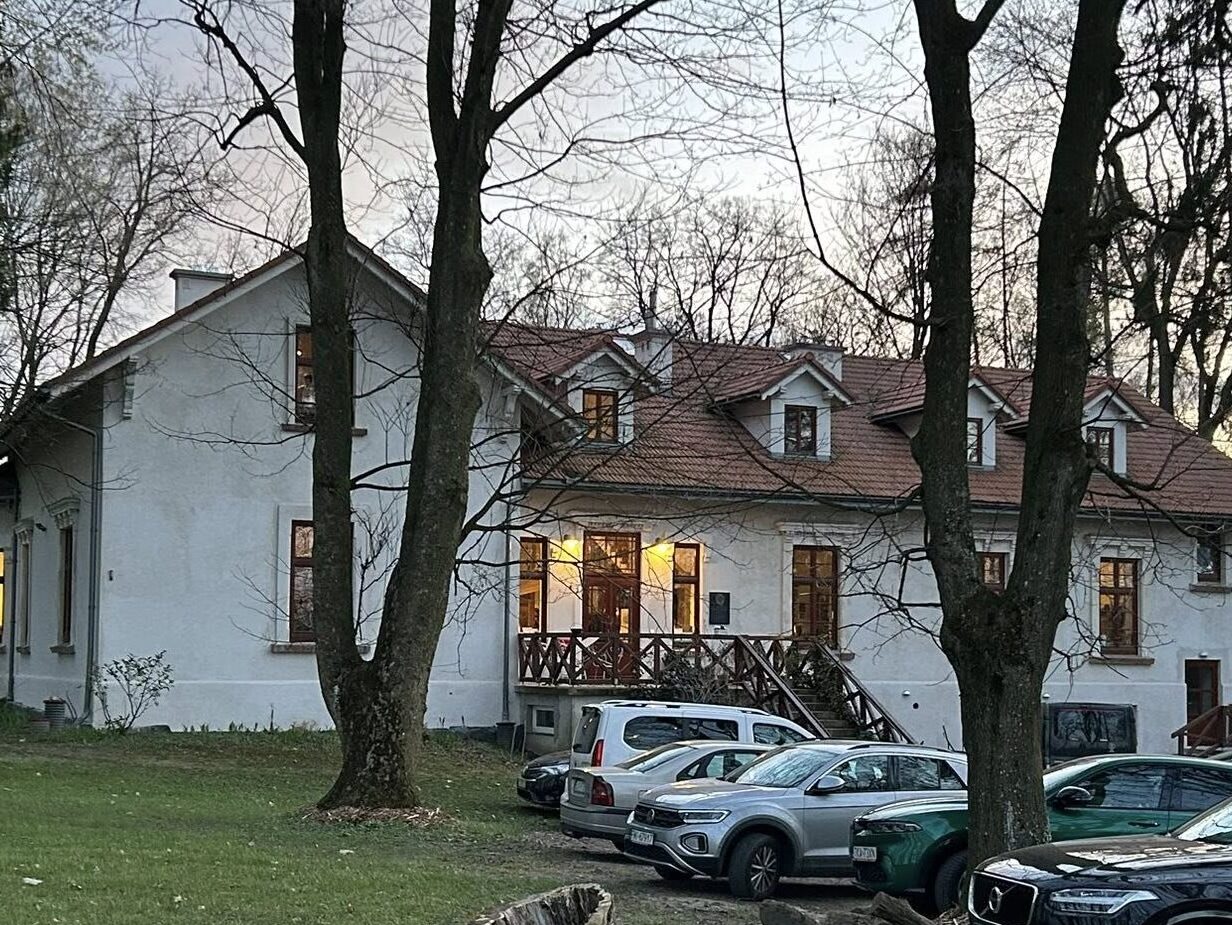
Cudzynowice – astronomy and cheesecake
The story of the manor’s restoration in Cudzynowice resonated with many of us – we have all, in some way, experienced similar efforts. But the visit offered more than expected: delicious homemade cheesecake, excellent tea, a private astronomical observatory, and a wartime tale. In 1944, a Liberator aircraft carrying supplies from Brindisi for Warsaw’s insurgents was shot down. Of the eight-man crew, only Australian Captain Allan Hammet survived. He found shelter in the manor, joined the Home Army, and actively participated in the resistance. Past, present, and future converge at the Cudzynowice manor.
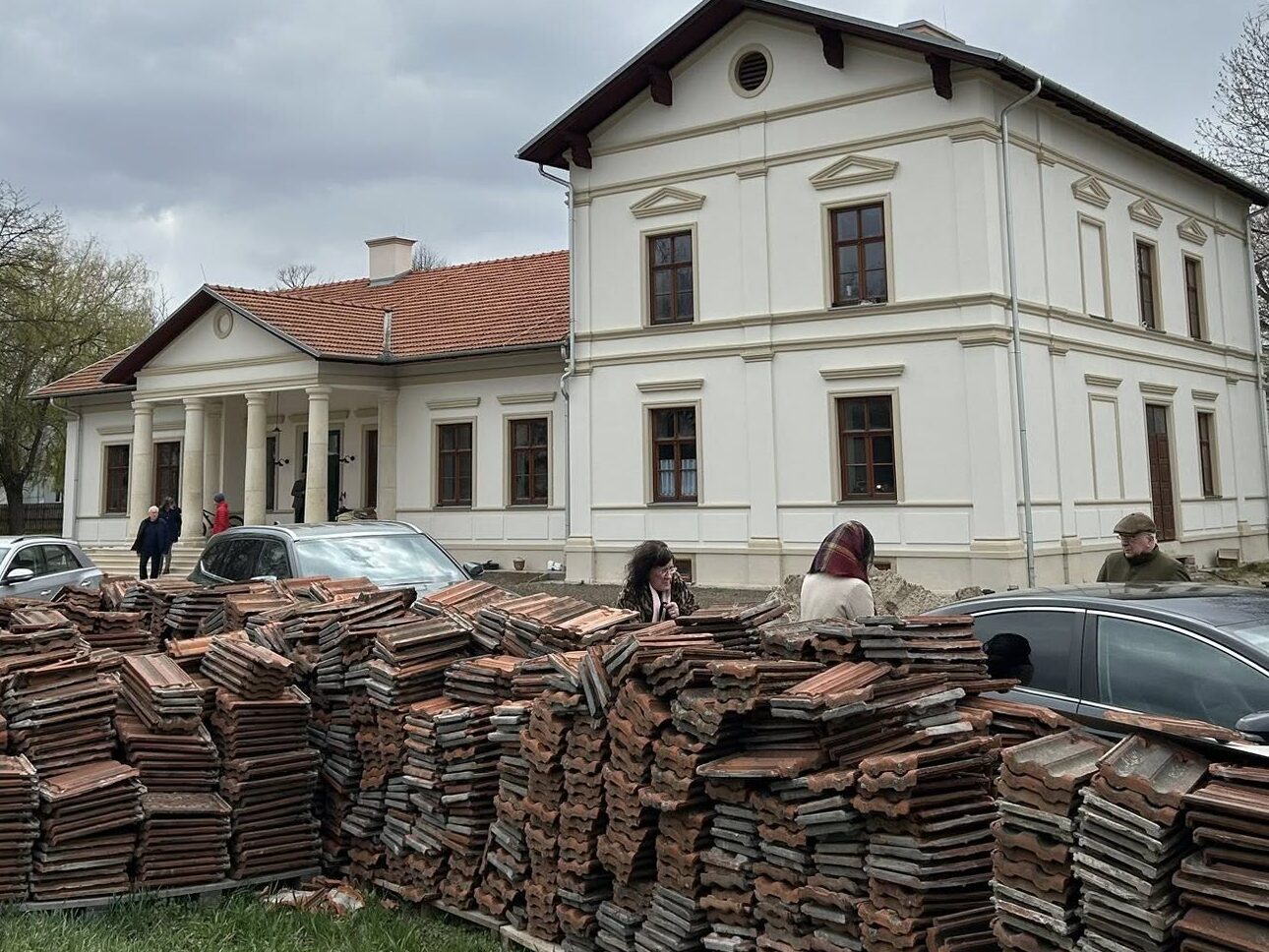
Gorzków – a wooden church with Mehoffer school polychrome
On Sunday morning, we visited the baroque wooden church of St. Margaret in Gorzków. According to tradition, its ornate polychrome was painted by students of the Mehoffer school. Combined with the rococo main altar, the interior leaves a lasting impression.

Plechów – eight centuries of history
The journey concluded in Plechów, where the manor — once in ruins — has been carefully rebuilt. The current owner, a professor of law, is the author of a book chronicling the estate’s eight-century history. We were warmly welcomed: the local countryside women’s association served white borscht, croquettes, and cheesecake. A walk through the park and around the pond brought our unforgettable journey to a close.

Though intense, the journey was a source of both inspiration and emotion. It proved that, despite hardship, Polish manors can once again become places of life, memory, community, and beauty. As one of our fellow travelers put it:
“Two days in good company, in beautiful places. A journey through manors that live, flourish, and amaze us with their history and different visions of life.”
We wholeheartedly agree.
Our website uses cookies. Details in the document: Privacy Policy (GDPR)